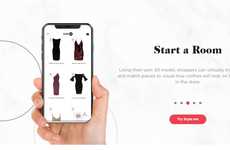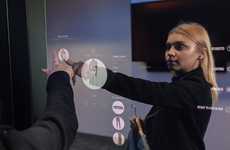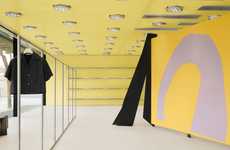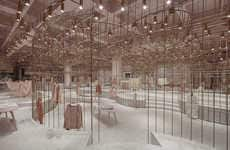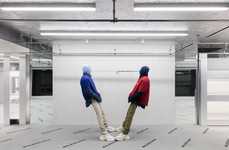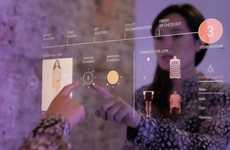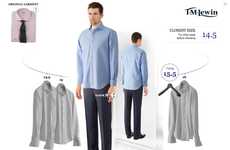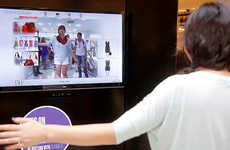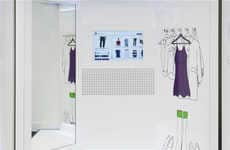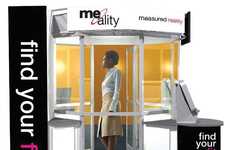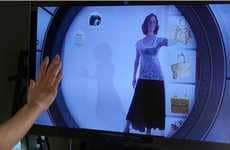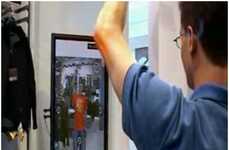
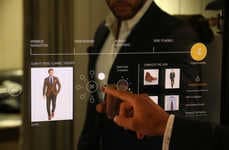
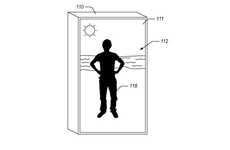
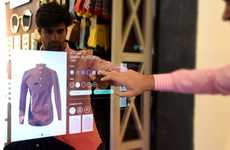
Fitting rooms in retail spaces offer virtual and augmented functions
Trend - Some brick-and-mortar retail spaces no longer require that customers test out clothes before they purchase, as mirrors, VR and AR tech are allowing for shoppers to see what the items would look like on them without having to actually try them on.
Insight - In many ways, brick-and-mortar retail is battling e-commerce for consumers' interest. The draw of e-commerce is that it offers consumers interactivity and convenience. In order for in-person retailers to have the same impact, they're having to take cues from what intrigues people to digital shopping, and replicate that in-store.
Insight - In many ways, brick-and-mortar retail is battling e-commerce for consumers' interest. The draw of e-commerce is that it offers consumers interactivity and convenience. In order for in-person retailers to have the same impact, they're having to take cues from what intrigues people to digital shopping, and replicate that in-store.
Workshop Question - Conceptualize an AR/VR tool that your brand could use in an app, in-store, or in its product/service.
Trend Themes
1. AR and VR Technology for In-store Shopping - The utilization of AR and VR tech in retail spaces is allowing for a more interactive and convenient in-store shopping experience without customers having to test out clothes before they purchase.
2. Interactive and Touch-activated Mirrors for Fitting Rooms - Interactive mirrors are revolutionizing the in-store shopping experience, allowing consumers to view specific garments in different sizes and colors, browse through recommendations, and contract store associates without actually coming out of the fitting room.
3. Utilization of Virtual Avatars and Screens on the Sales Floor - The usage of virtual avatars on screens located on the sales floor in place of the fitting room allows customers to interact with the screens and see virtual versions of themselves sporting different outfits, ultimately saving them a trip to the fitting room and speeding up the decision making process.
Industry Implications
1. Retail - In-store retailers can take advantage of AR and VR technology, interactive mirrors, and virtual avatars to enhance the customer experience and compete with e-commerce sales.
2. Fashion and Apparel - Fashion and apparel businesses can adopt these innovative technologies to increase sales and improve customer engagement and satisfaction while reducing the hassle of in-store shopping.
3. Augmented Reality - Augmented reality companies can continue to develop technology that provides shoppers an even more precise and interactive try-on experience for in-store shopping and online purchases.


